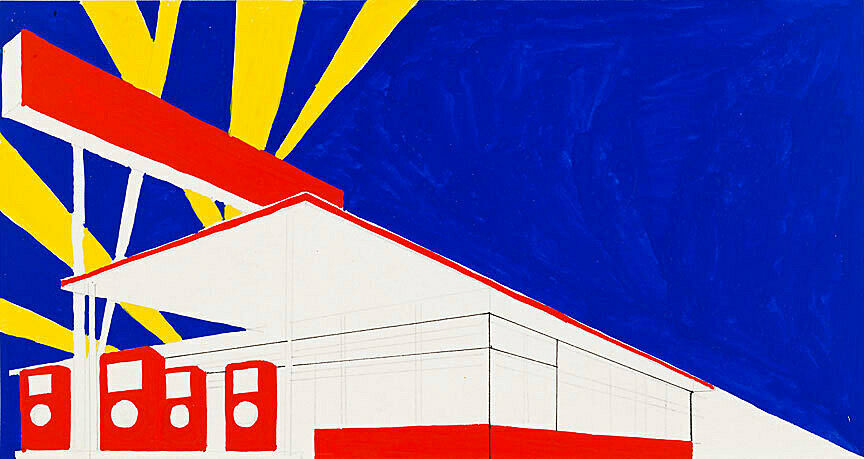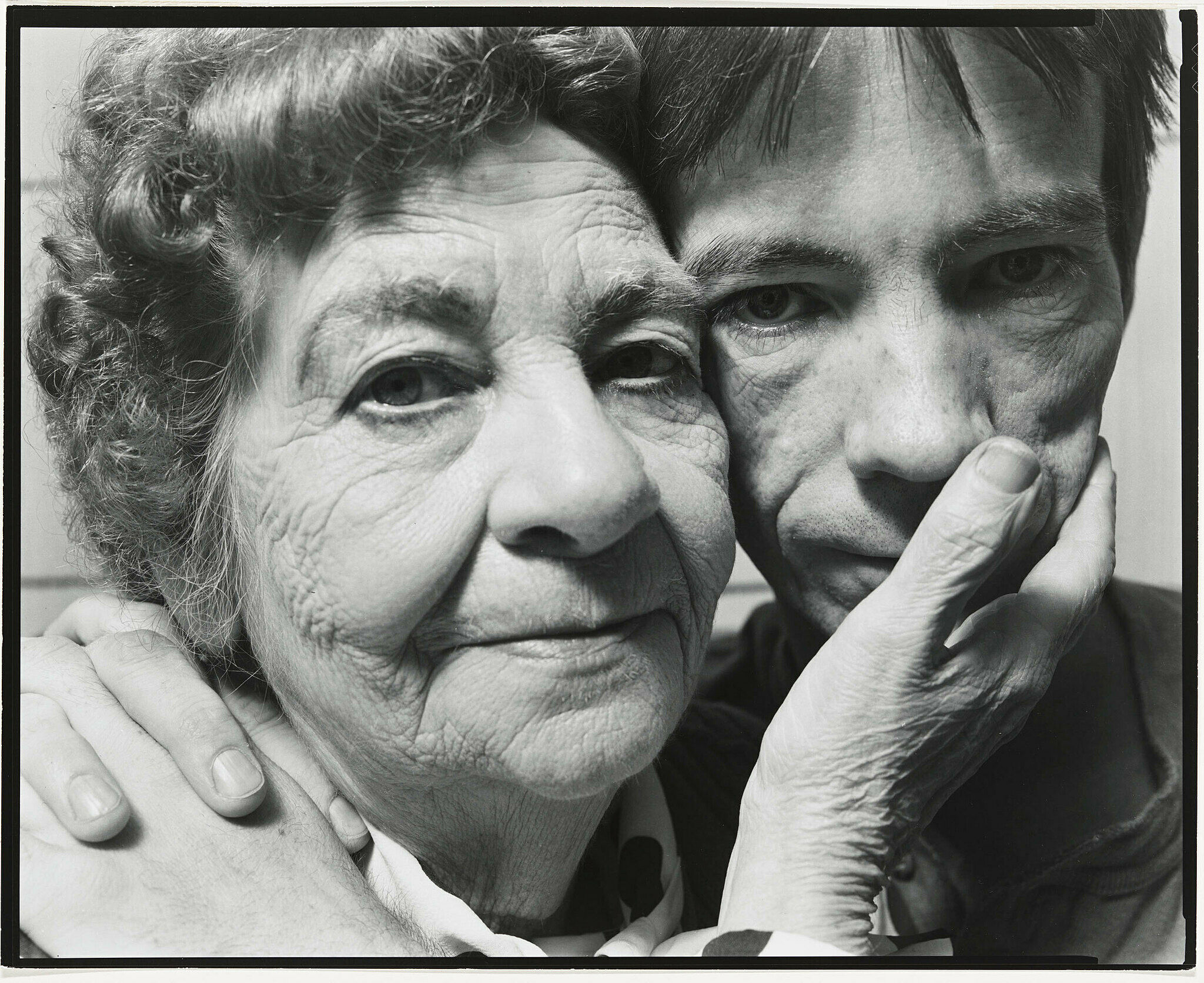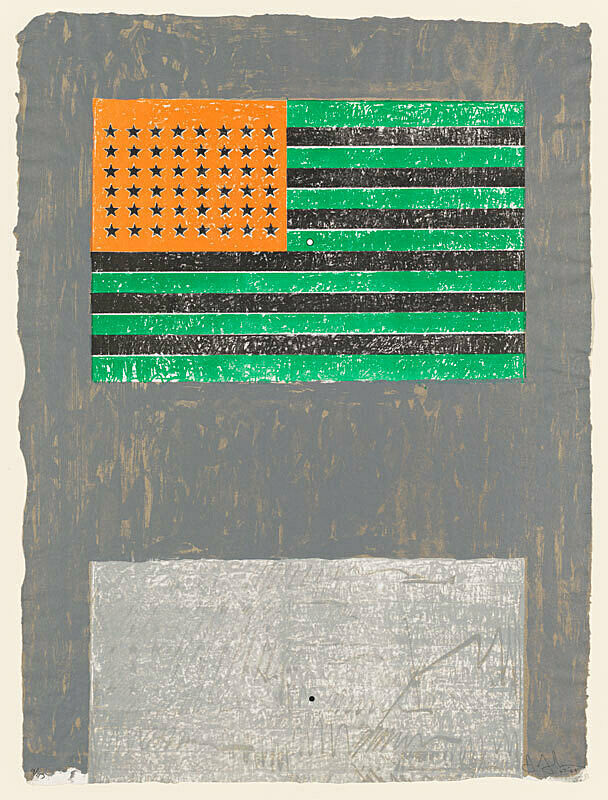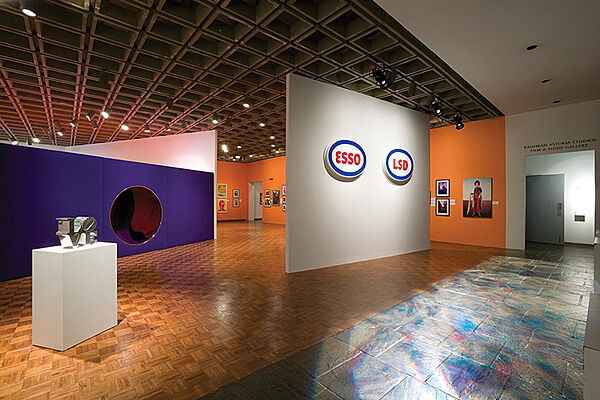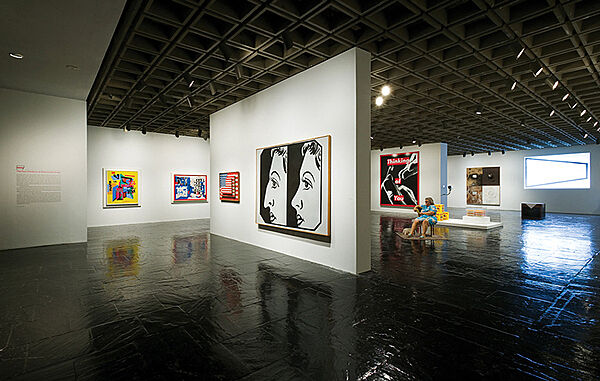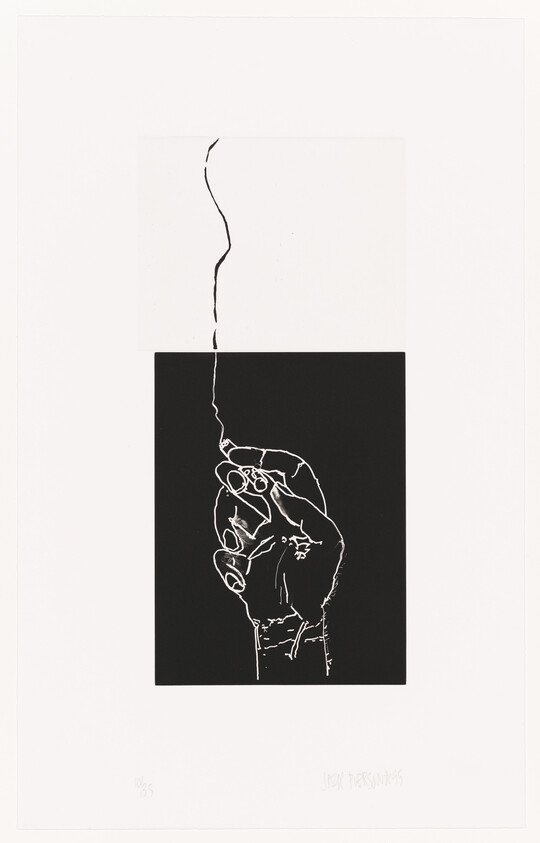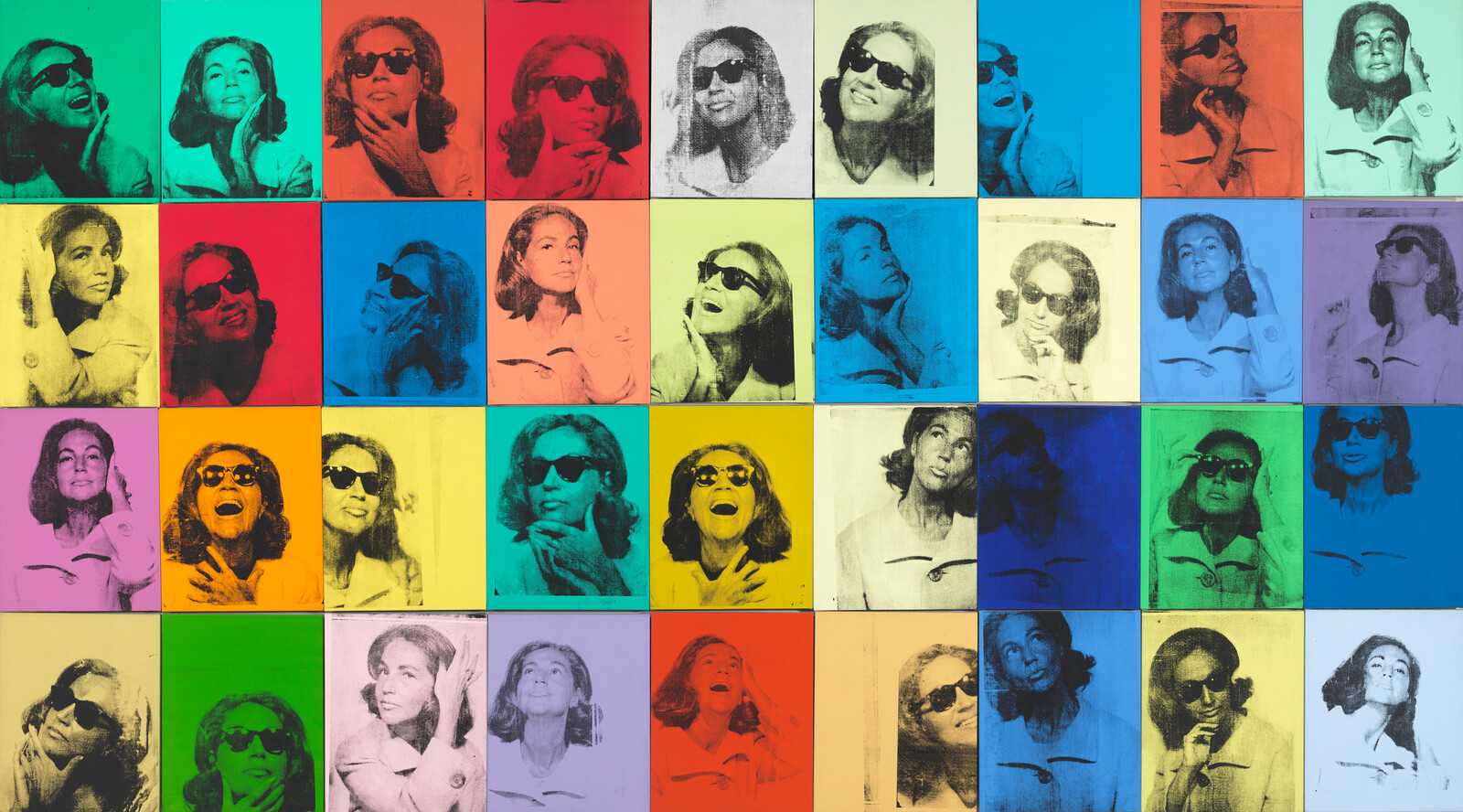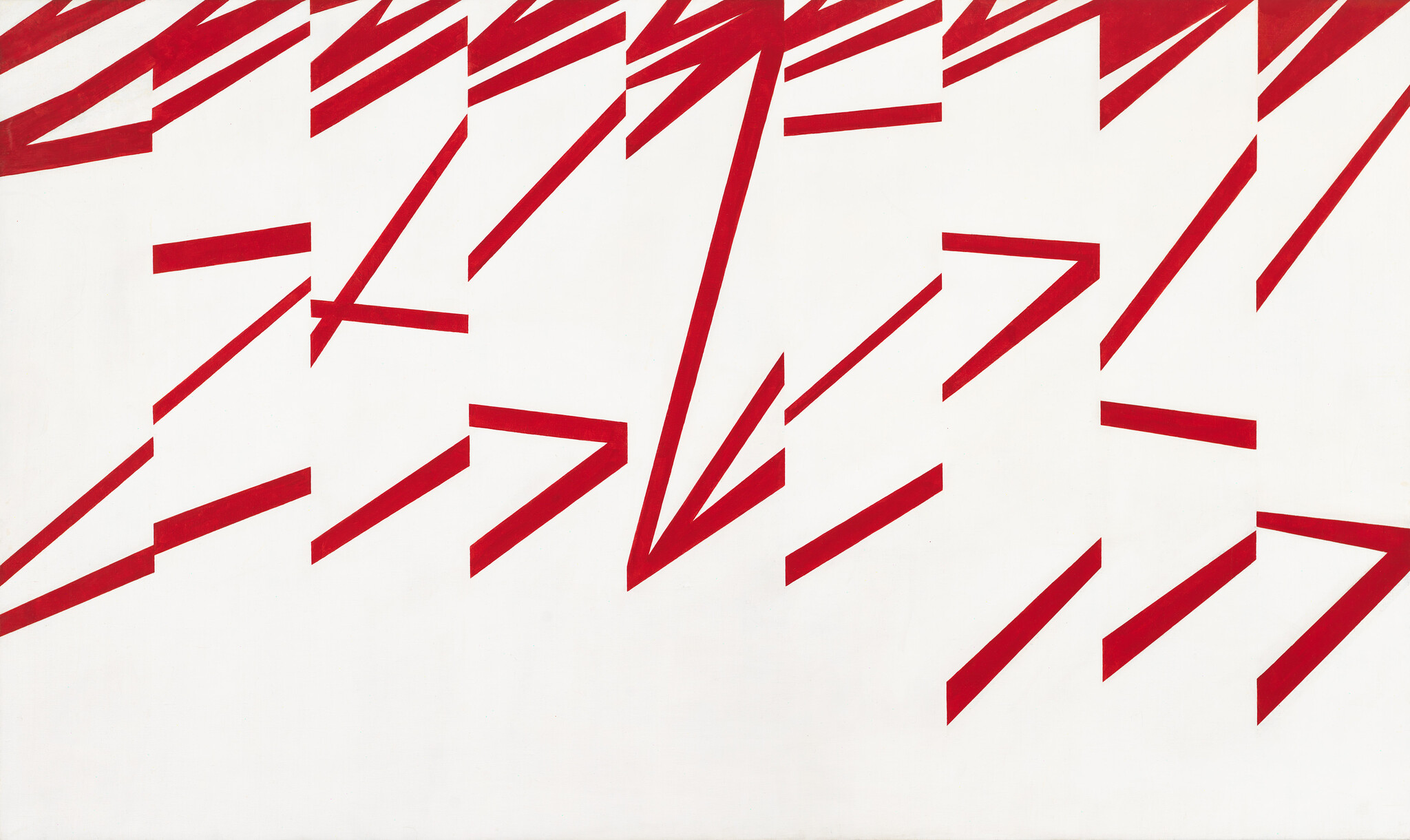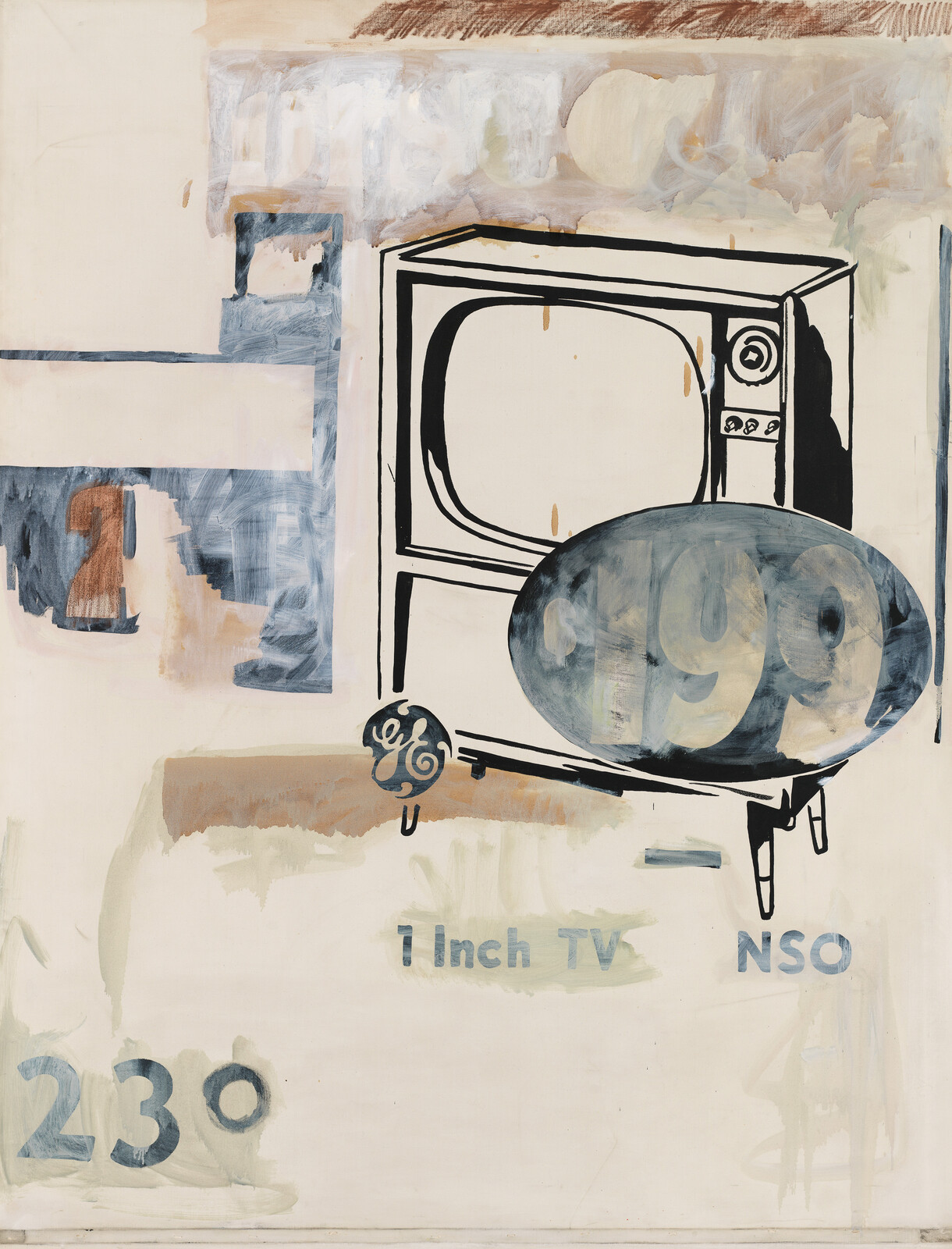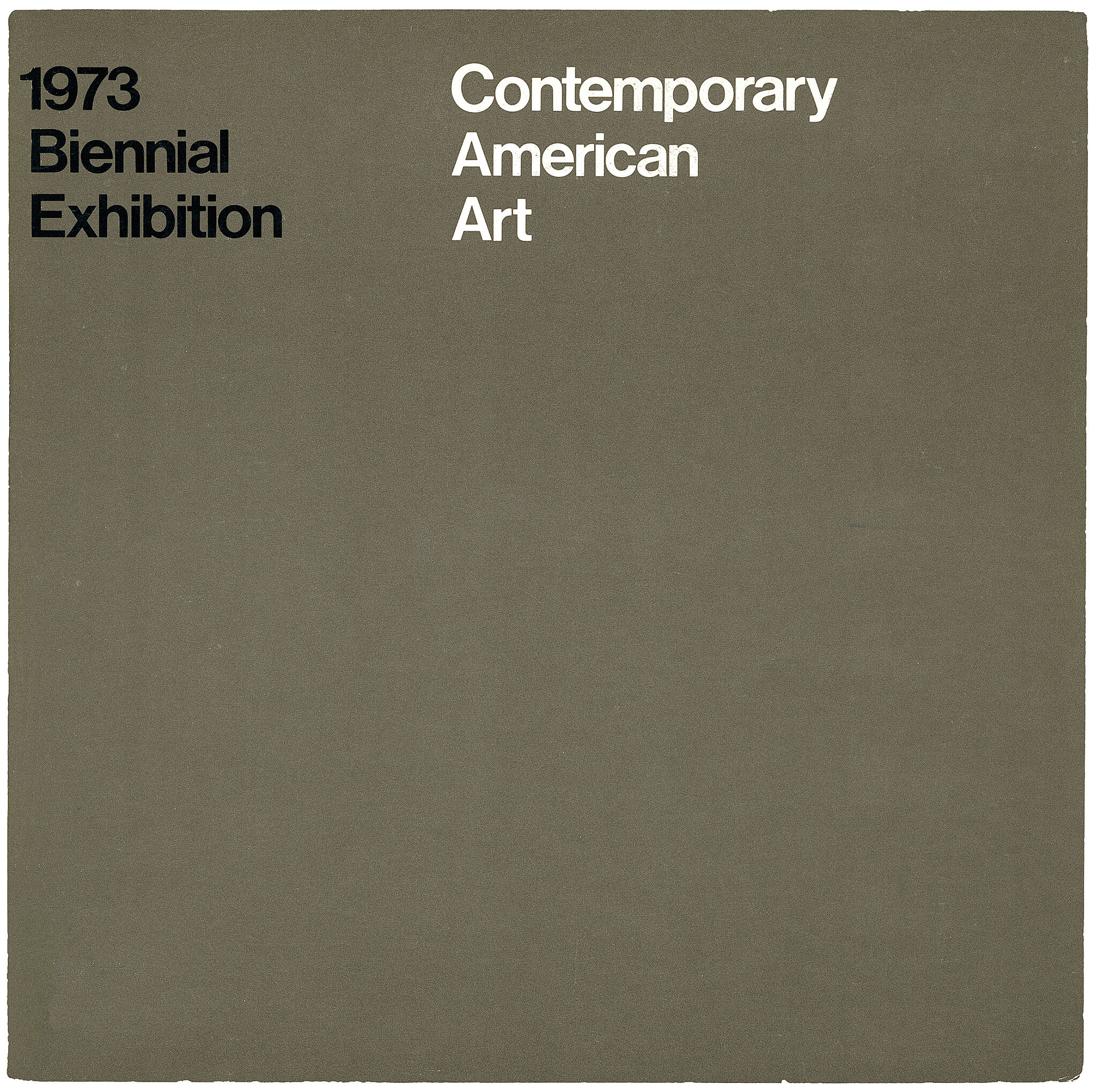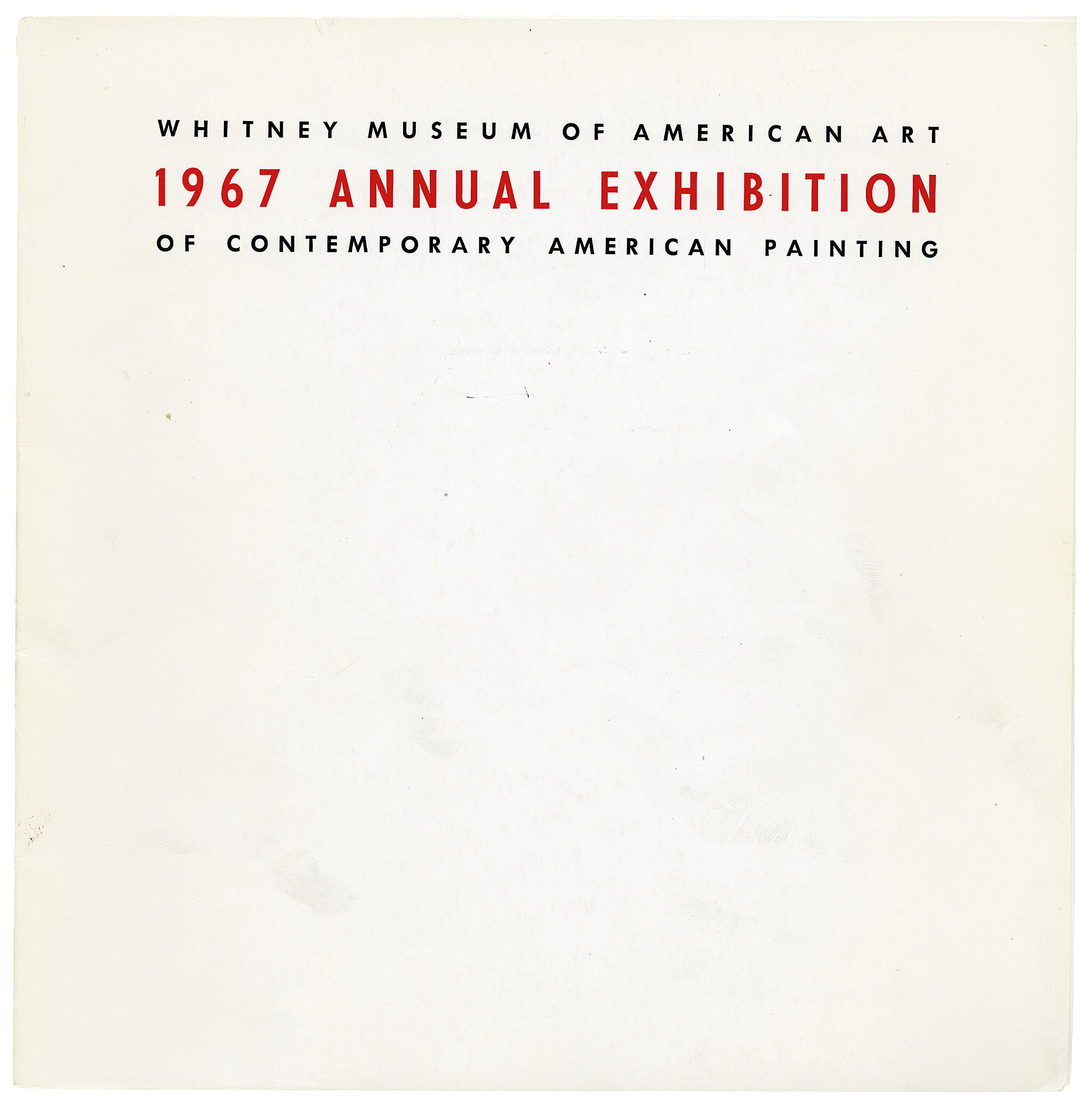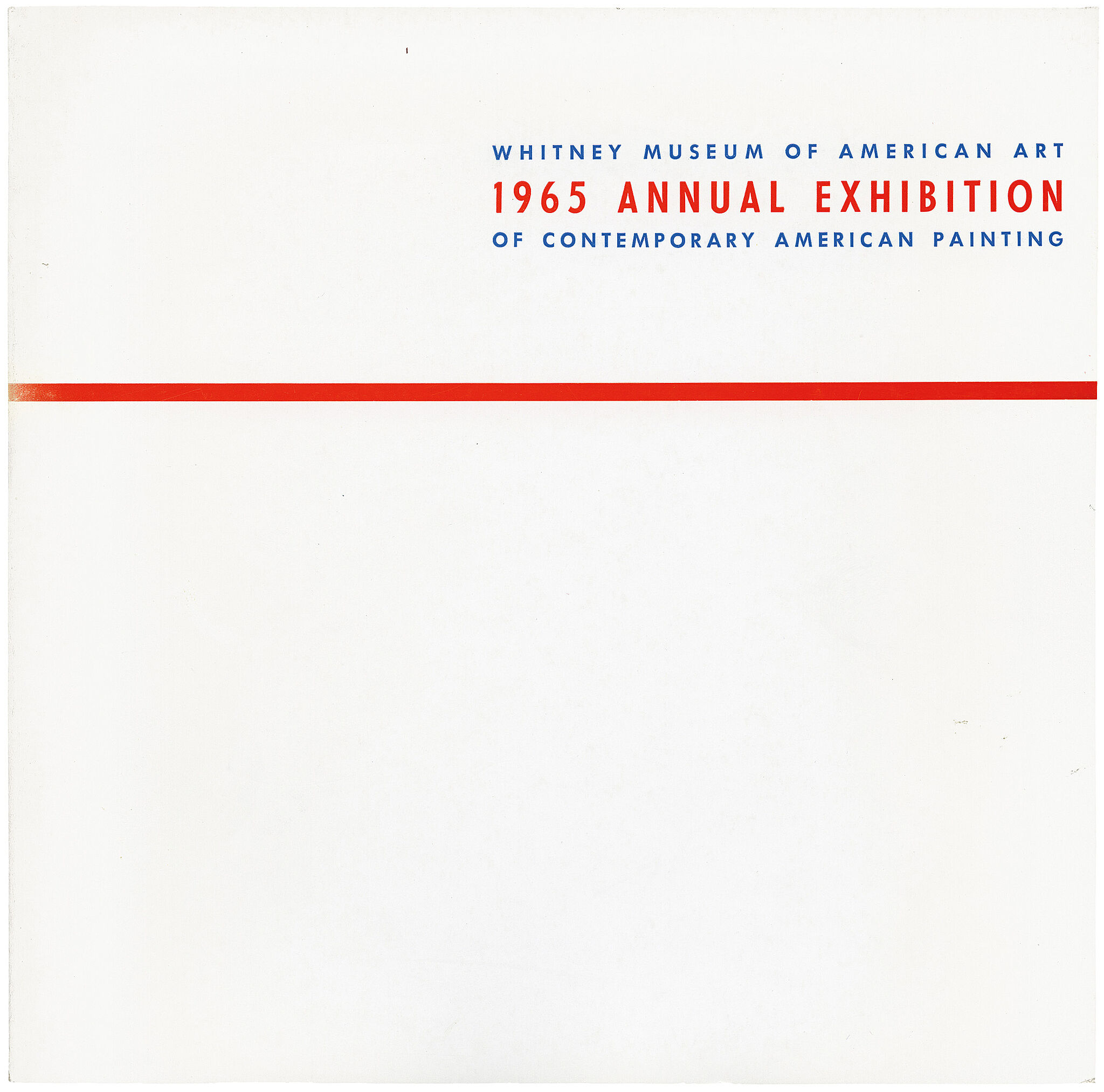Jim Dine
1935–
Jim Dine rose to fame in the early 1960s as a leading exponent of Pop art, based on his use of everyday household objects as subject matter. Arriving in New York in 1959, he associated with a group of downtown artists who were challenging the boundaries of art by creating assemblages and environments out of urban debris. In January 1960 he debuted his first environment in a two-person show with Claes Oldenburg at the Judson Gallery, in New York’s Greenwich Village. Dine’s environment, The House, was a dense accretion of paint-splattered rags, paper, found objects, scrawled words, and painted images. A month later he used the environment as the set for his first Happening, a demonic performance lasting slightly more than thirty seconds, in which questions of identity and fear of an unknown yet ever-present danger predominated.
The Black Rainbow comes from this period and deals with many of the same themes. As with Dine’s contemporaneous environments and performances, the work’s imagery derived from the artist’s dreams and unconscious. “It was me painting out my history,” as Dine put it. Substituting cast-off cardboard for canvas, and using the expressive paint handling of the Abstract Expressionists to whom Dine tied himself “like fathers and sons,” the work communicates melancholy, human fragility, and foreboding—themes that Dine would continue to explore in his subsequent Pop art works, even as his means for expressing his emotions shifted to manufactured products such as tools, bathroom fixtures, and articles of clothing.
Introduction
Dine, a prolific artist, came to prominence in New York from 1959-1960 when he staged a series of "Happenings", creating action painting and assemblages. His works often repeat a visual theme (hearts) or frequently utilize objects (shoes, toothbrushes), throughout different mediums. Although he used objects from everyday life, he was not a Pop Artist, though he was not a pure abstractionist. By the 80s, he was considered a forerunner of the Neo-Expressionist movement. American artist.
Country of birth
United States
Roles
Artist, assemblage artist, graphic artist, illustrator, painter, performance artist, poet, scenographer, sculptor
ULAN identifier
500028463
Names
Jim Dine, James Dine, James Lewis Dine
Information from the Getty Research Institute's Union List of Artist Names ® (ULAN), made available under the ODC Attribution License. Accessed December 23, 2025.


